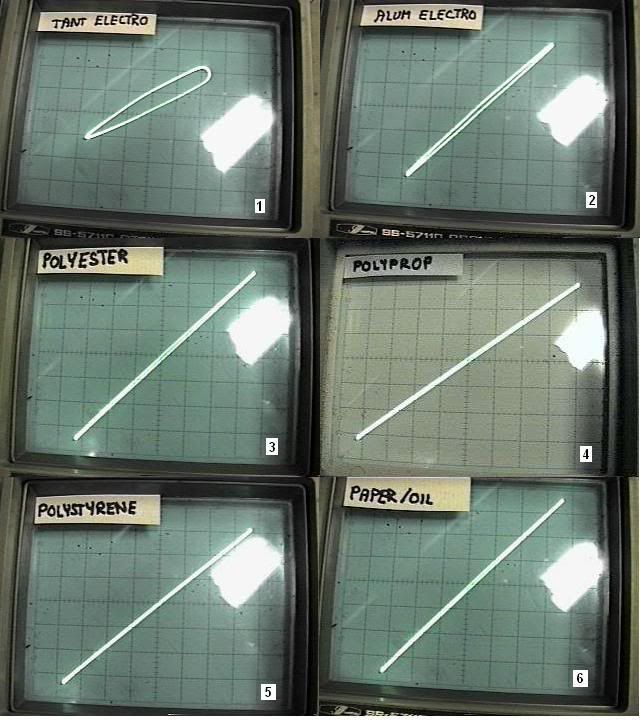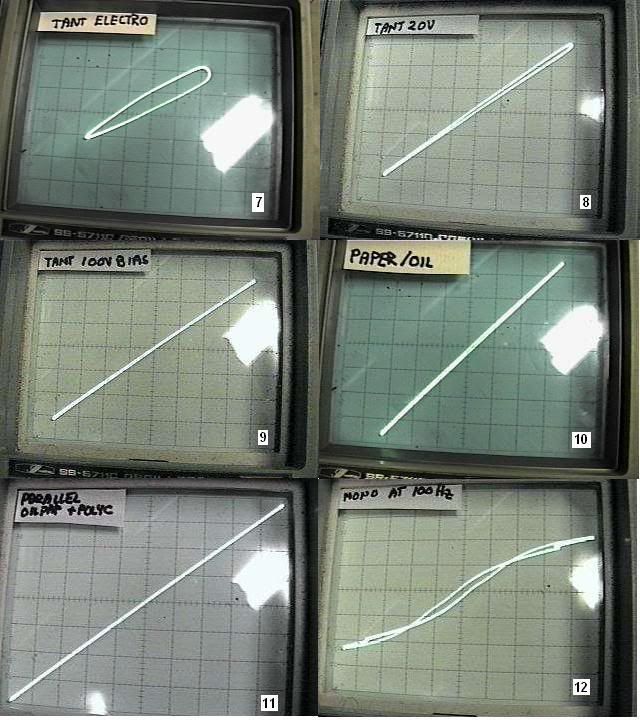Battery Biased Passive Crossovers
98.67.156.108 |
||
| Posted on January 20, 2010 at 00:38:02 | ||
|
Posts: 113
Location: Lexington, KY Joined: December 20, 2009 |
Does anybody have info on how to use battery biasing for passive crossovers? JBL's Project Everest DD66000 uses this method and I was wondering how it is done and if it really makes a difference. It appears to use a 9 volt battery connected to capacitors in the mid and tweeter sections of the crossover. "Ad Astra Per Alia Porci", - To the stars on the wings of a pig: John Steinbeck |
|
| RE: Battery Biased Passive Crossovers, posted on January 20, 2010 at 03:11:42 | |
|
Posts: 213
Joined: December 23, 2006 |
If I apply that to my network the battery will be empty in no time. |
| Schematic Diagram, posted on January 20, 2010 at 22:49:25 | |
|
Posts: 6135
Joined: June 17, 2000 |
. |
| Caps with and without bias voltage, posted on January 20, 2010 at 23:04:38 | |
|
Posts: 6135
Joined: June 17, 2000 |
Without: Tantalum with two different voltages:  |
| RE: I wouldn't bother, posted on January 21, 2010 at 14:46:46 | |
|
Posts: 3863
Joined: December 6, 2001 |
didn't mean short - just bypass battery leads - probably not needed
Karlson Evangelist |
| RE: Caps with and without bias voltage, posted on February 5, 2010 at 21:32:22 | |
|
Posts: 36
Joined: September 4, 2006 |
Do you have shots of the PP and PS with bias to compare to without? |

